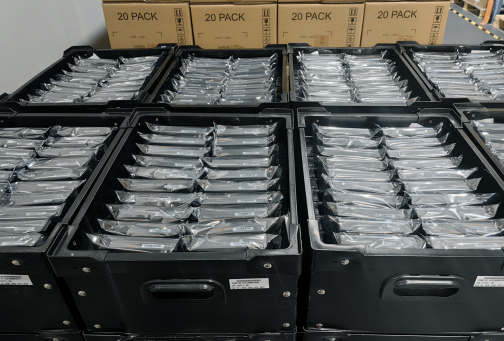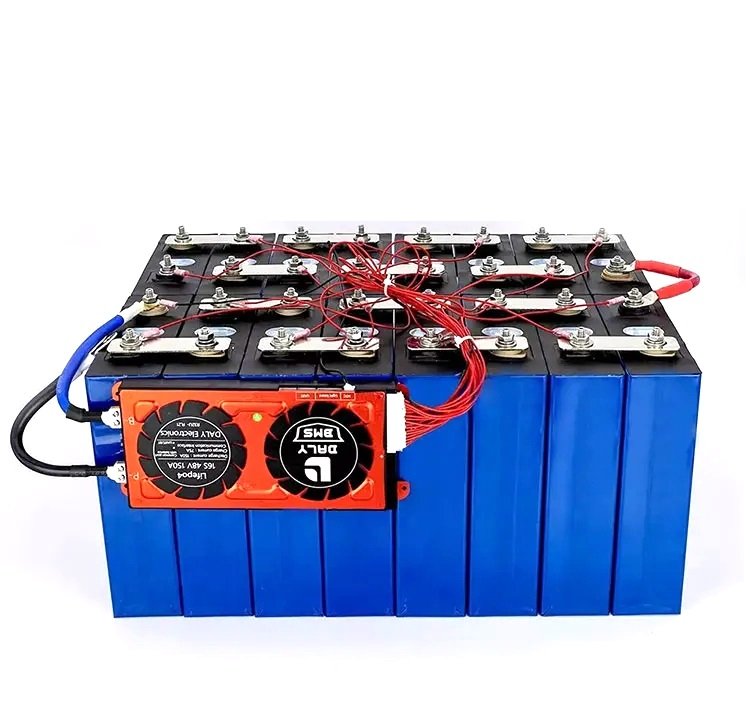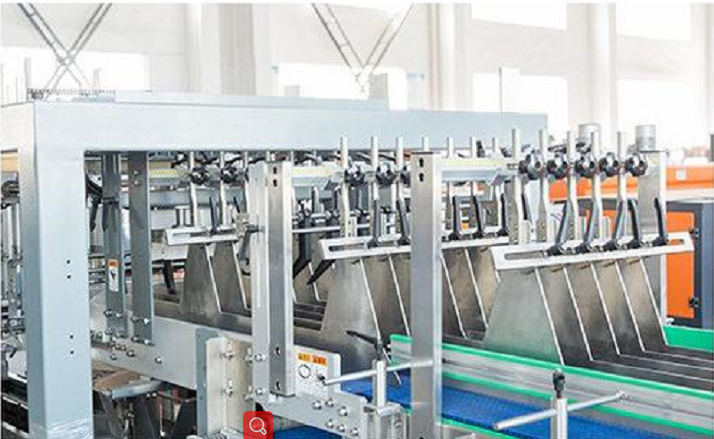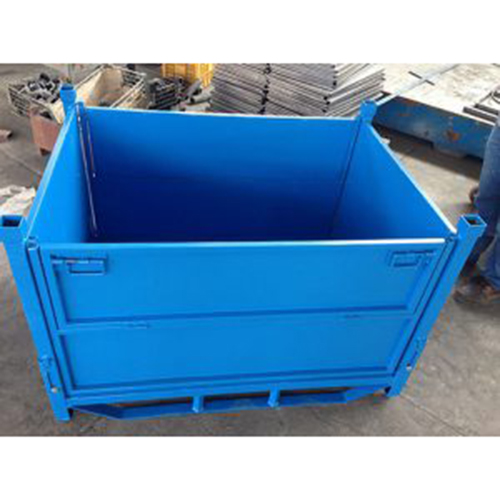In the world of electronics, soldering is an essential skill that serves as the backbone of circuit assembly and repair. The choice of soldering technique can significantly impact the performance, reliability, and longevity of electronic devices. This article delves into the various types of soldering used in electronic circuits, providing insights into their applications, advantages, and limitations.
Understanding Soldering: A Brief Overview
Soldering is the process of joining two or more electronic components together by melting solder, a fusible metal alloy. The solder cools and solidifies, creating a strong electrical and mechanical connection. The two primary types of soldering techniques used in electronic circuits are through-hole soldering and surface mount soldering. Each method has its unique characteristics and is suited for different applications.
- Through-Hole Soldering
Through-hole soldering is a traditional technique that involves inserting component leads through holes in a printed circuit board (PCB) and soldering them on the opposite side. This method is particularly useful for components that require a robust mechanical connection, such as connectors, large capacitors, and power components.
Advantages:
- Mechanical Strength: The leads are physically anchored to the PCB, providing excellent mechanical stability.
- Ease of Repair: Components can be easily desoldered and replaced, making repairs straightforward.
- Compatibility: Works well with a wide range of components, including those that require higher power ratings.
Limitations:
- Space Consumption: Through-hole components take up more space on the PCB, which can be a disadvantage in compact designs.
- Manual Labor: This method often requires more manual labor and time, especially in high-volume production.
- Surface Mount Soldering
Surface mount soldering (SMT) has gained popularity in recent years due to the miniaturization of electronic devices. In this technique, components are mounted directly onto the surface of the PCB, eliminating the need for holes. SMT is widely used in modern electronics, from smartphones to automotive applications.
Advantages:
- Space Efficiency: SMT allows for a higher density of components on a smaller PCB, making it ideal for compact devices.
- Automated Production: The process can be easily automated, leading to faster production times and lower labor costs.
- Performance: SMT components typically have shorter lead lengths, which can reduce inductance and improve performance at high frequencies.
Limitations:
- Repair Difficulty: SMT components can be more challenging to replace or repair due to their small size and the need for specialized tools.
- Thermal Management: Some SMT components may require careful thermal management, as they can be more susceptible to overheating during soldering.
- Soldering Techniques: A Closer Look
Beyond the basic types of soldering, various techniques can be employed to enhance the soldering process. Here are a few notable methods:
a. Wave Soldering
Wave soldering is an automated process primarily used for through-hole components. The PCB is passed over a wave of molten solder, which makes contact with the exposed leads and creates solder joints. This method is efficient for high-volume production.
b. Reflow Soldering
Reflow soldering is commonly used in SMT. In this process, solder paste is applied to the PCB, and components are placed on top. The assembly is then heated in a reflow oven, causing the solder to melt and form connections. This technique is highly effective for complex and densely populated boards.
c. Hand Soldering
Hand soldering remains a vital skill, especially for prototyping and repair work. It involves using a soldering iron to manually apply solder to joints. While it is labor-intensive, it allows for precision and control, making it ideal for intricate work.
- Choosing the Right Soldering Type
When deciding which type of soldering to use for electronic circuits, several factors should be considered:
- Application Requirements: Assess the mechanical and electrical demands of the components being used.
- Production Volume: High-volume production may benefit from automated techniques like wave or reflow soldering, while low-volume or prototype work might be better suited for hand soldering.
- Space Constraints: For compact designs, SMT is often the preferred choice due to its space-saving advantages.
- Repairability: Consider the ease of repair and replacement, especially for critical components.
Conclusion
Choosing the right type of soldering for electronic circuits is a crucial decision that can influence the overall performance and reliability of electronic devices. By understanding the various soldering techniques and their respective advantages and limitations, engineers and hobbyists alike can make informed choices that align with their specific project needs. Whether opting for through-hole, surface mount, or specialized soldering methods, mastering the art of soldering is essential for anyone involved in the electronics industry.




